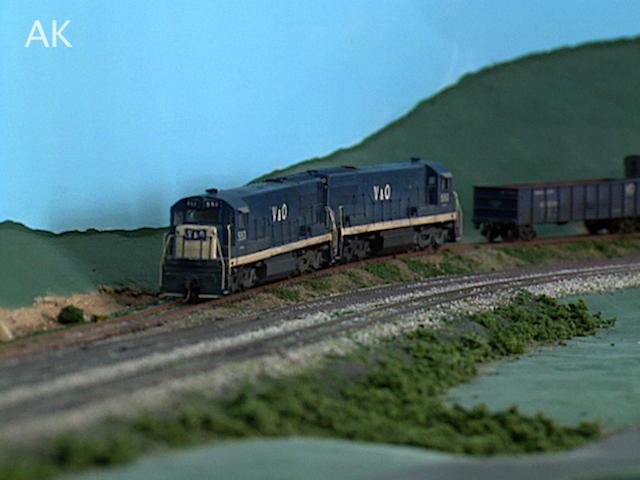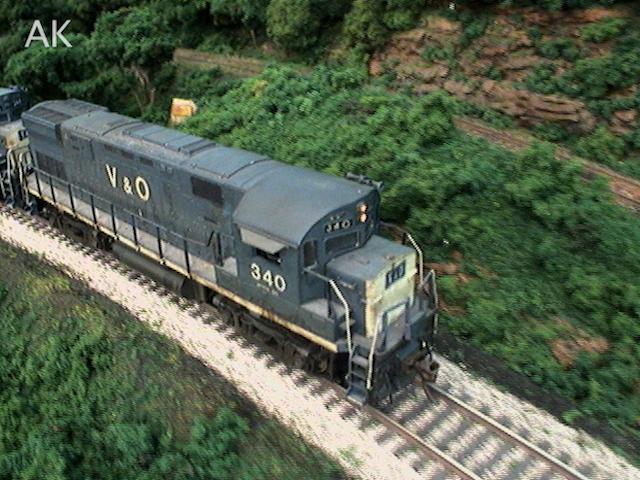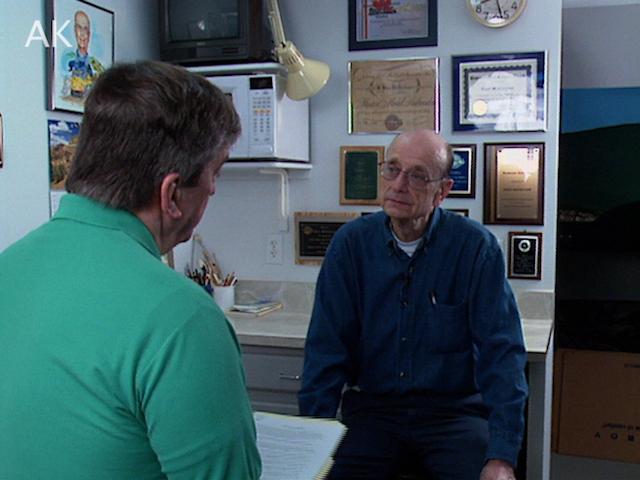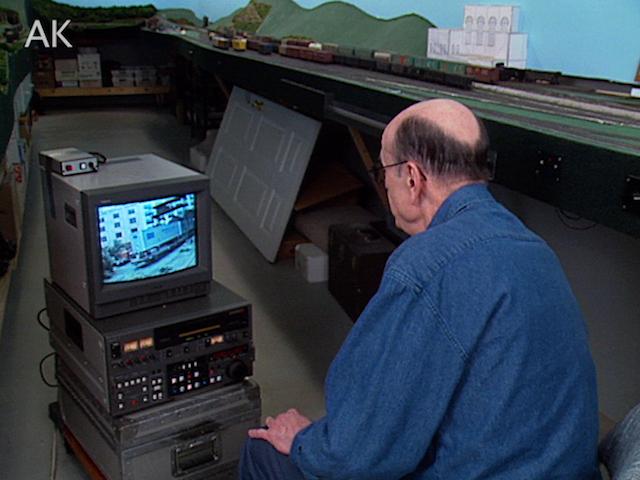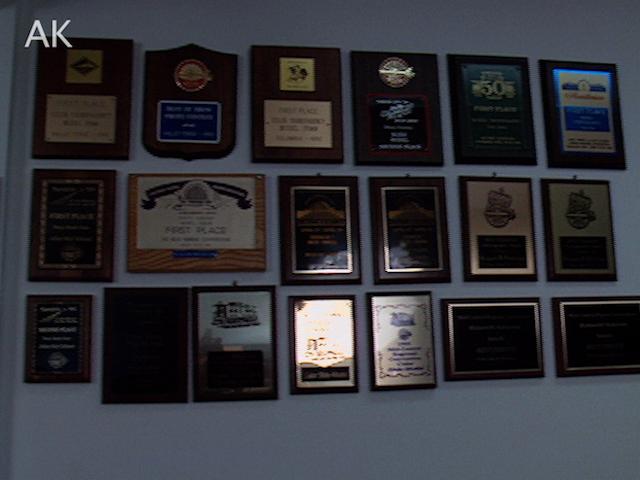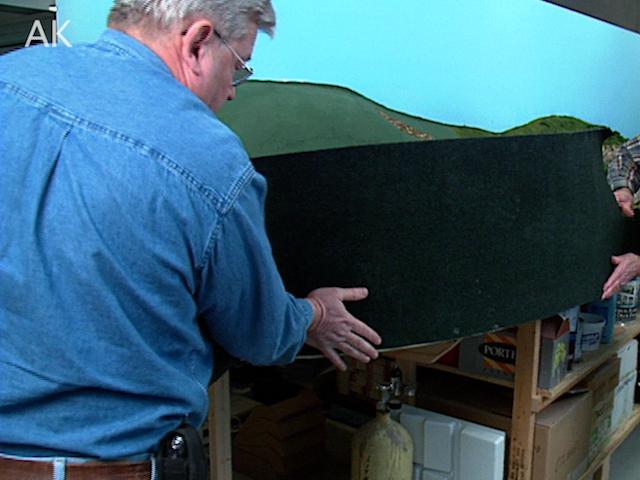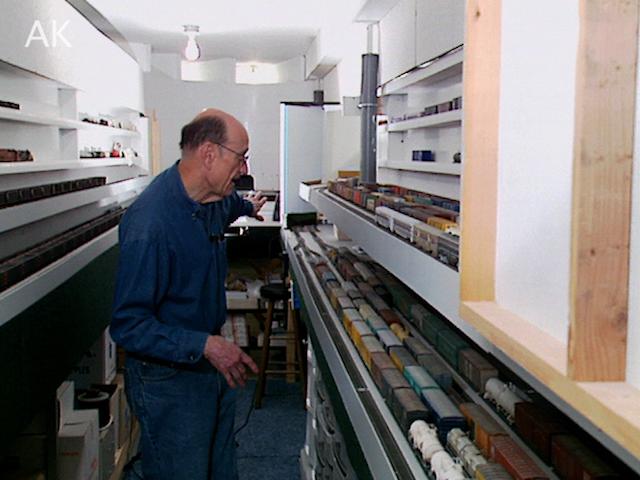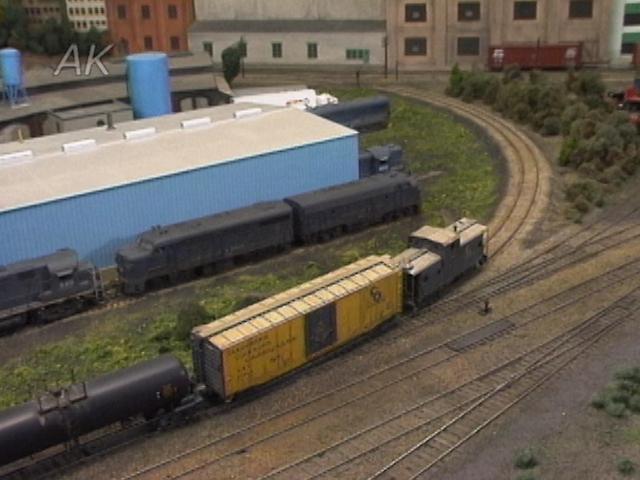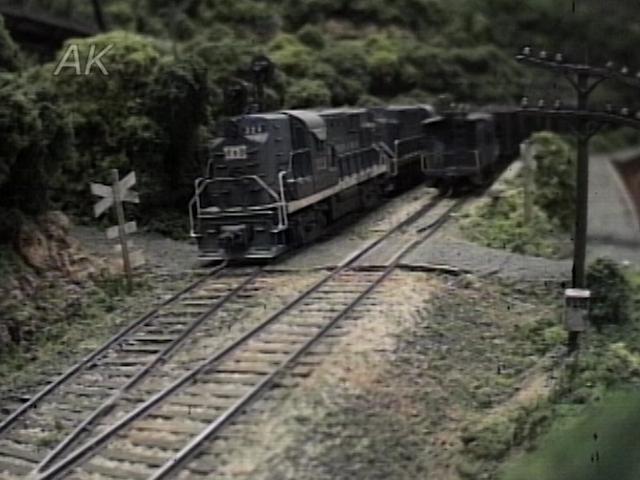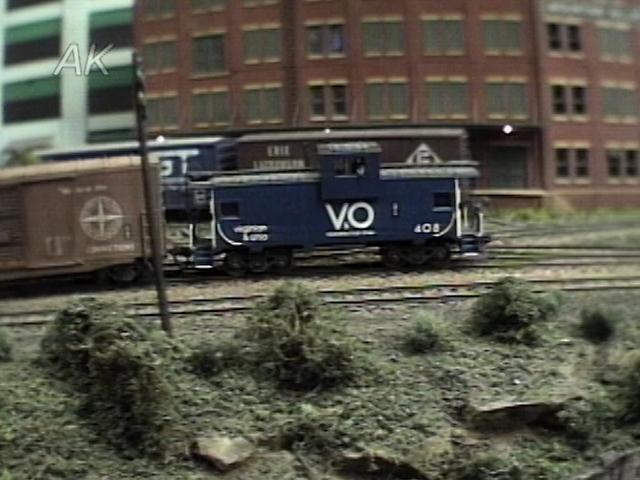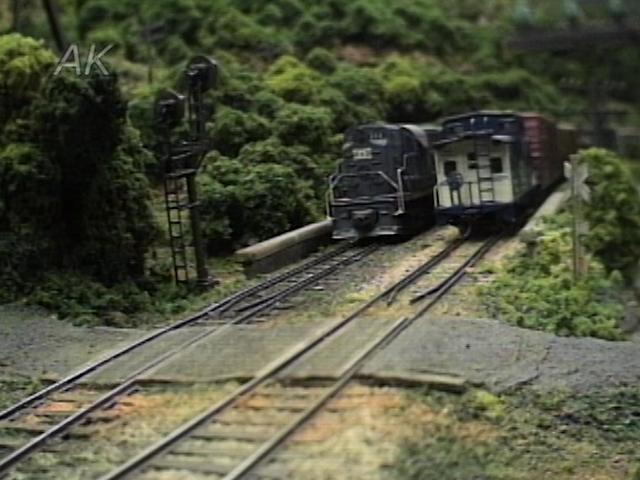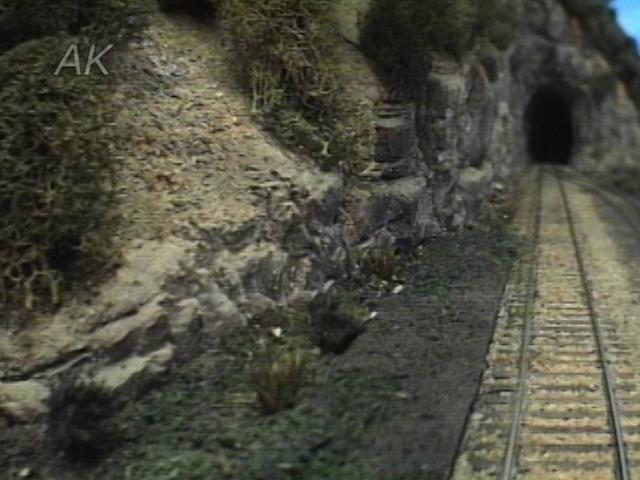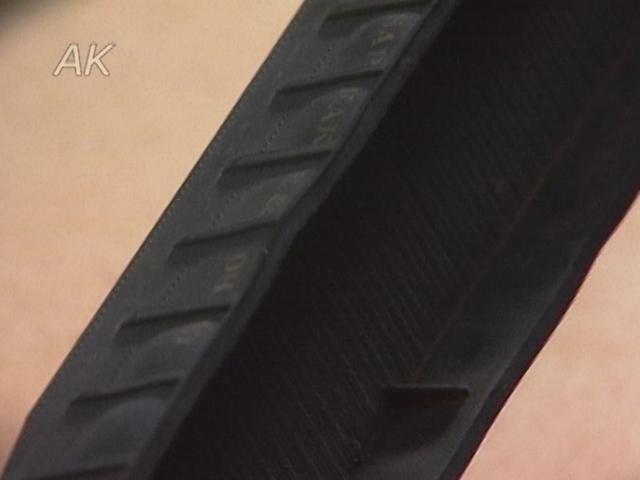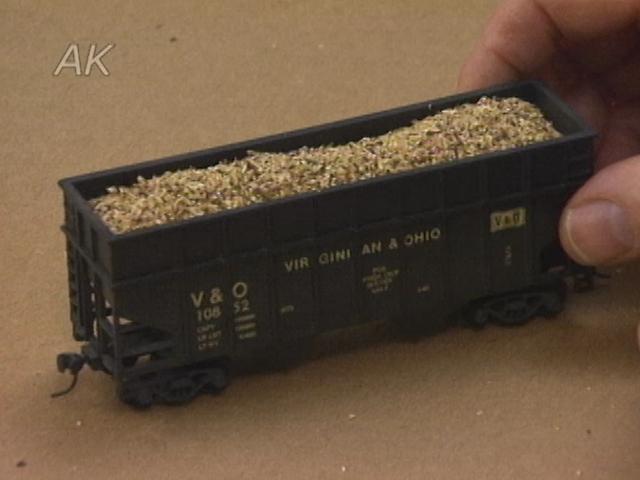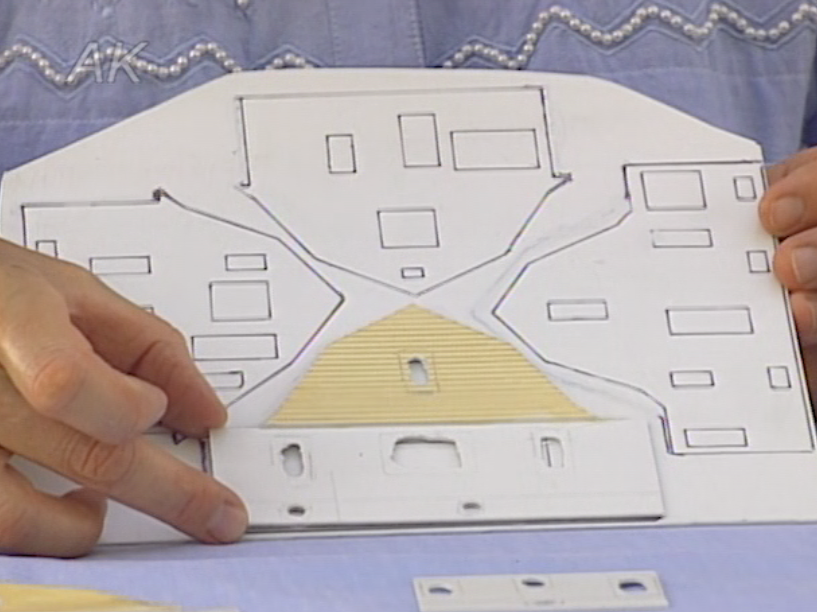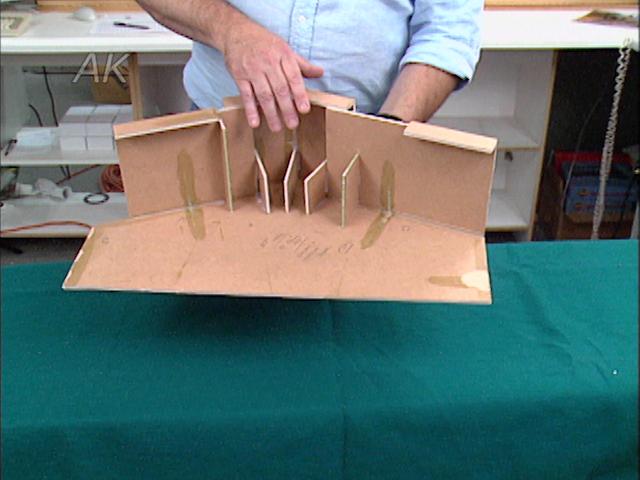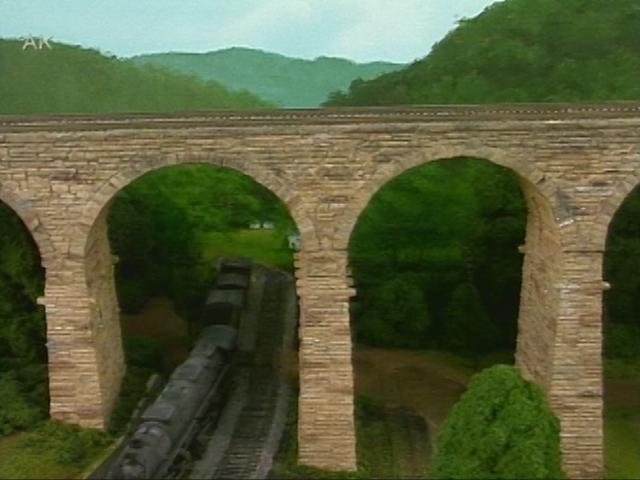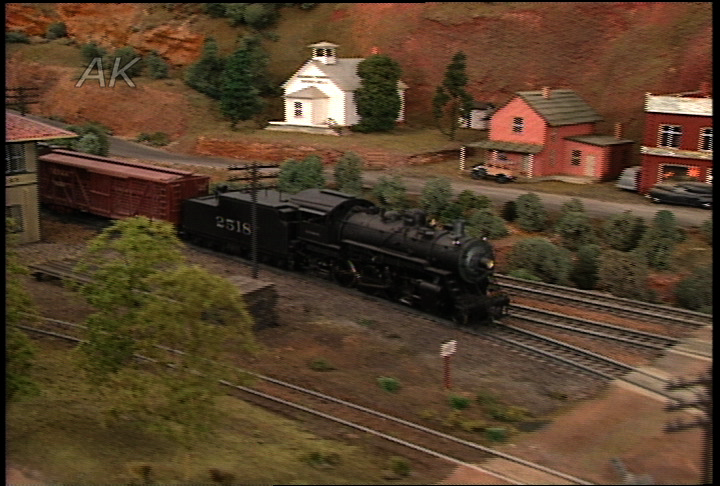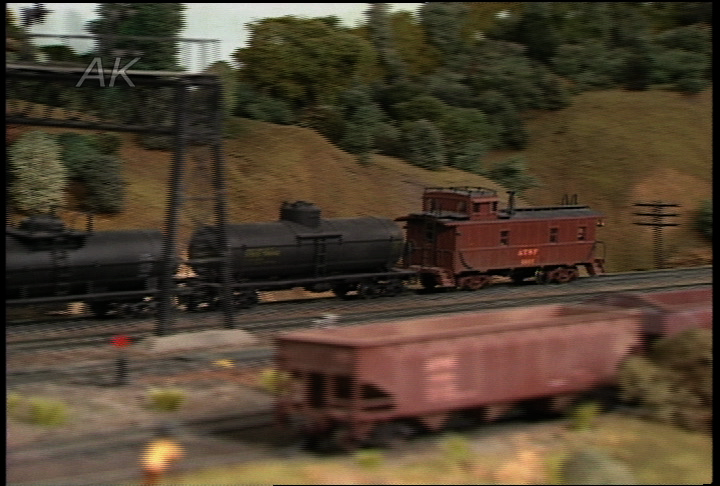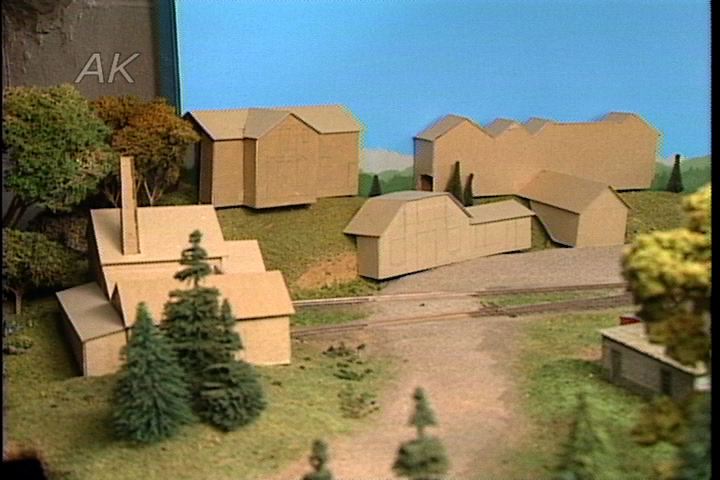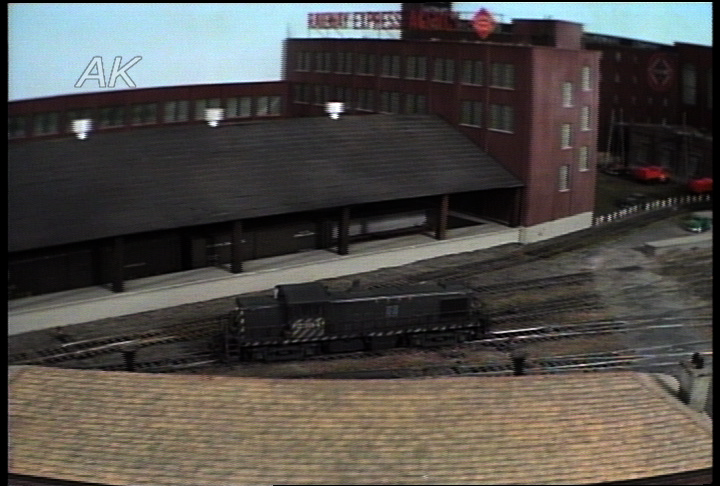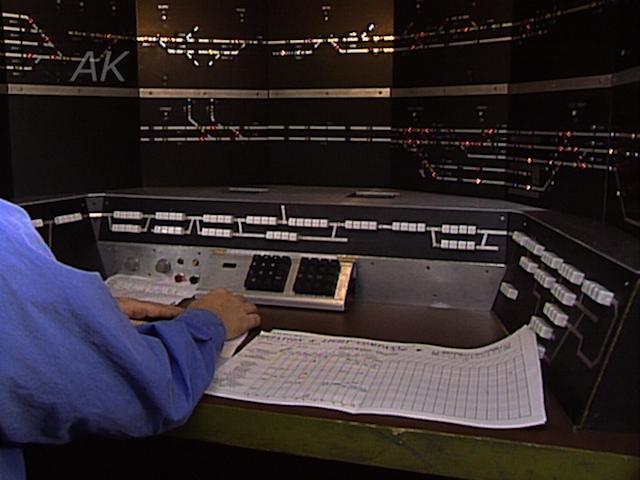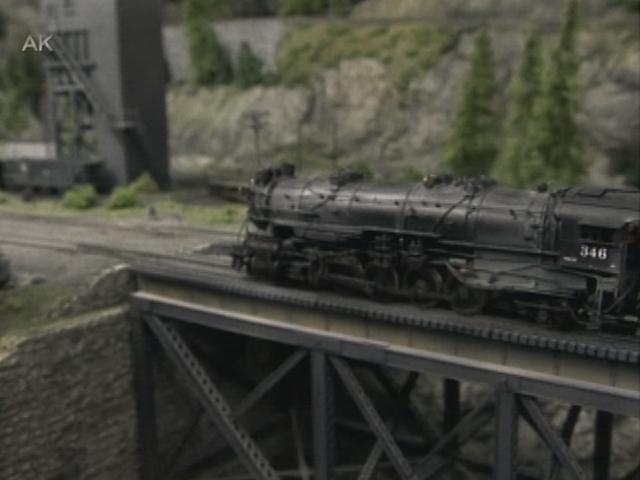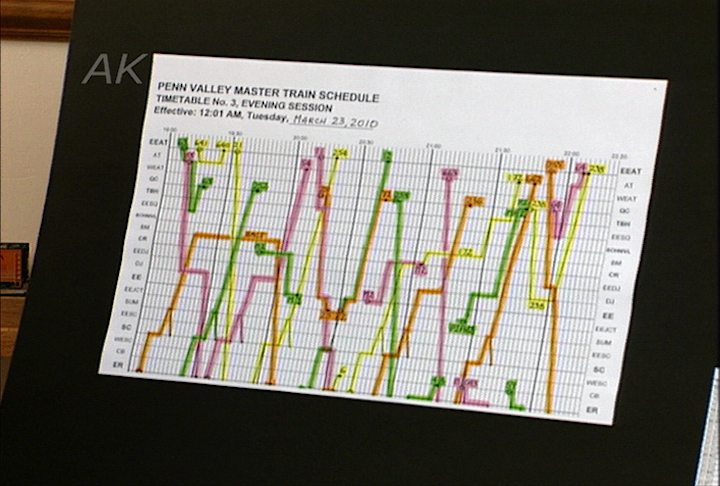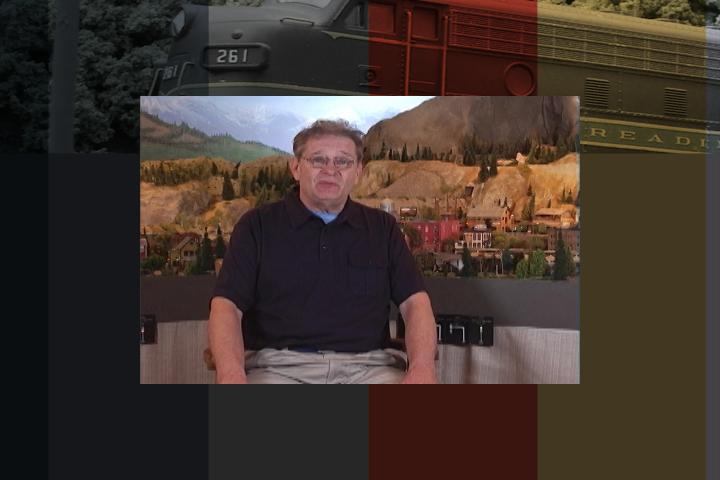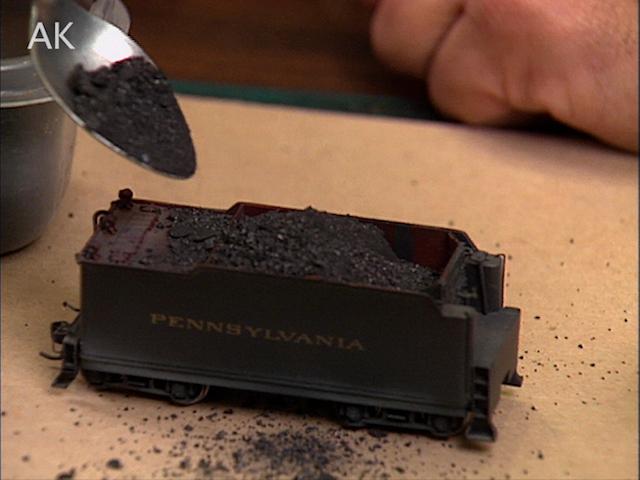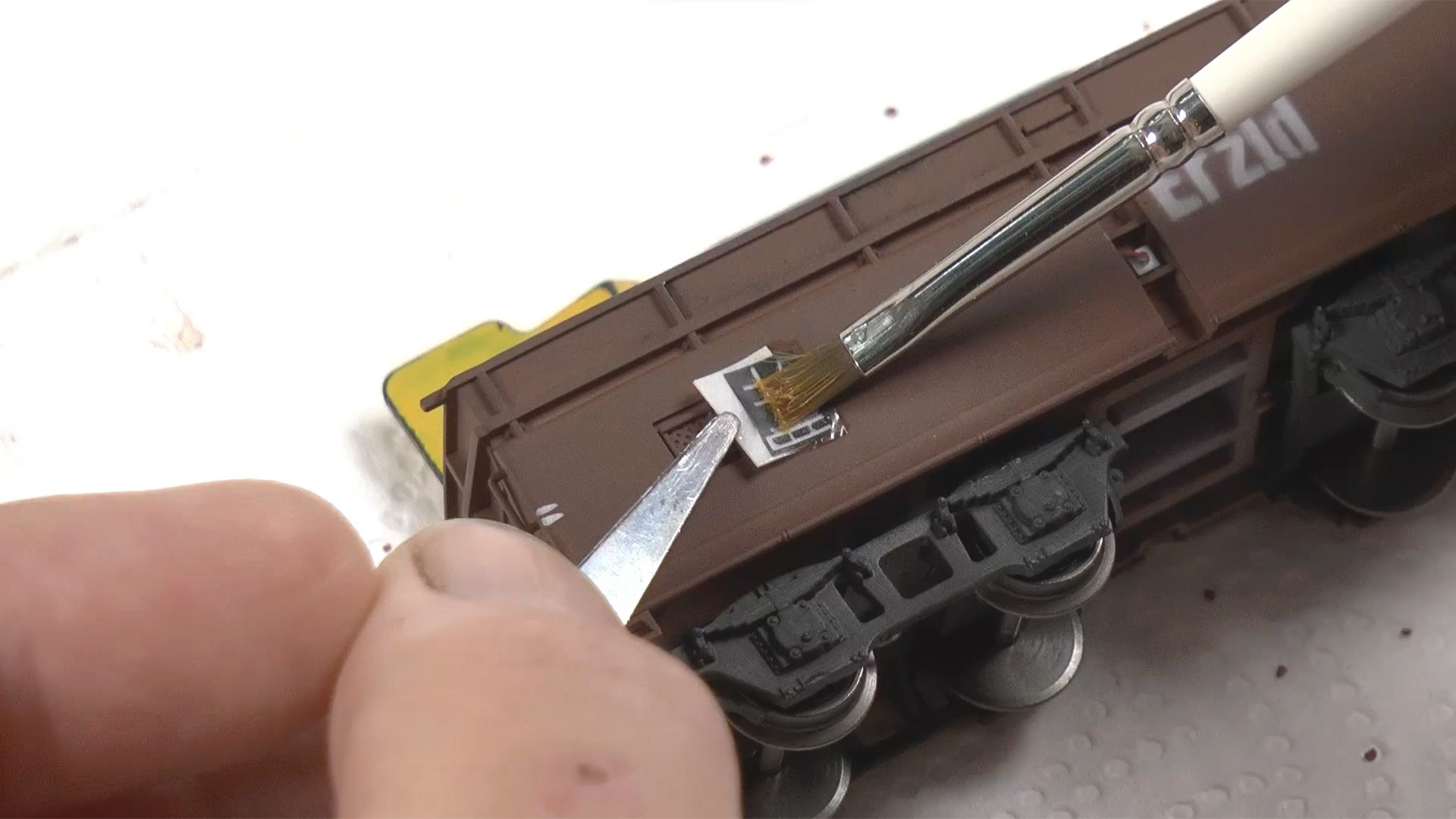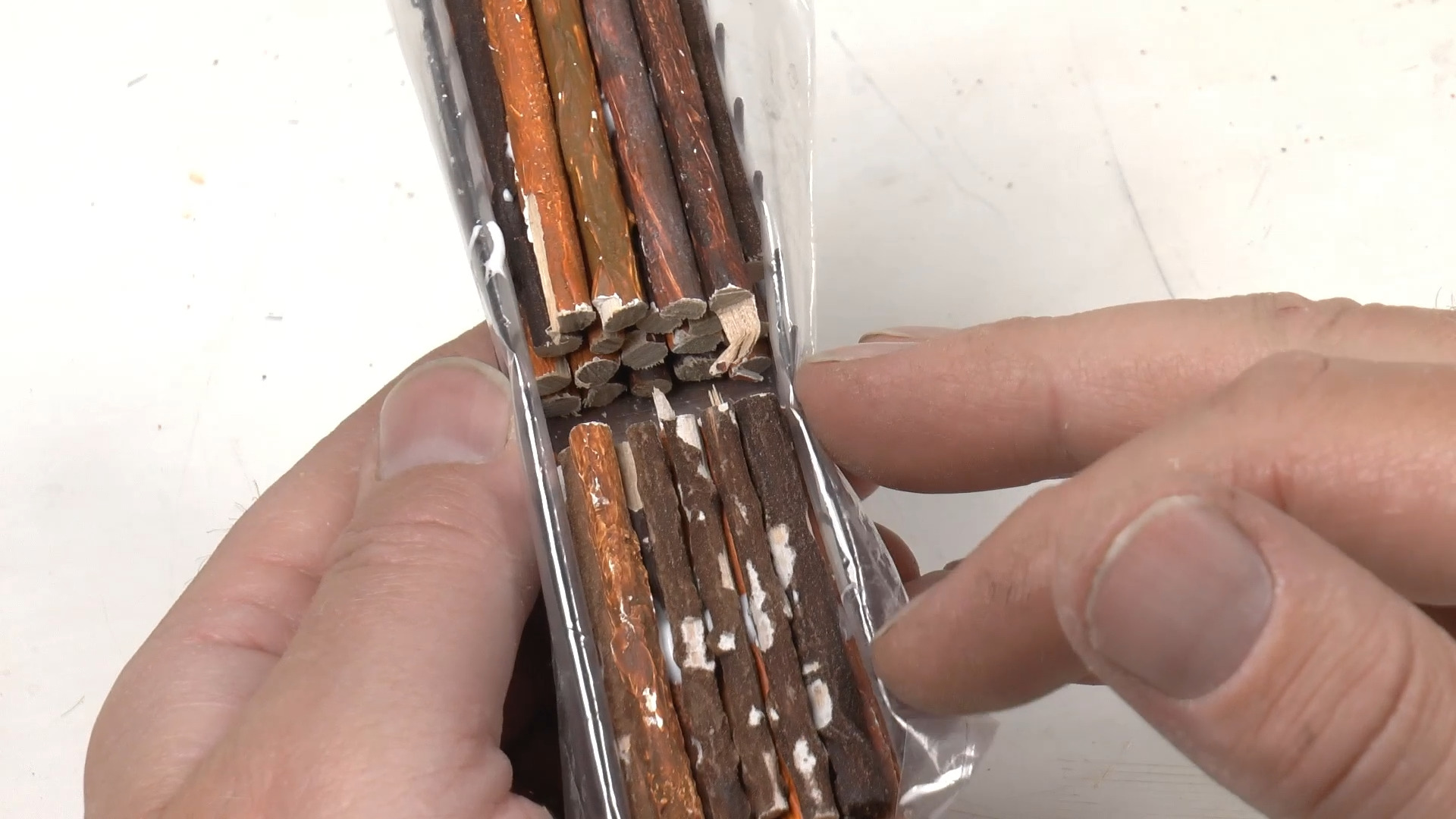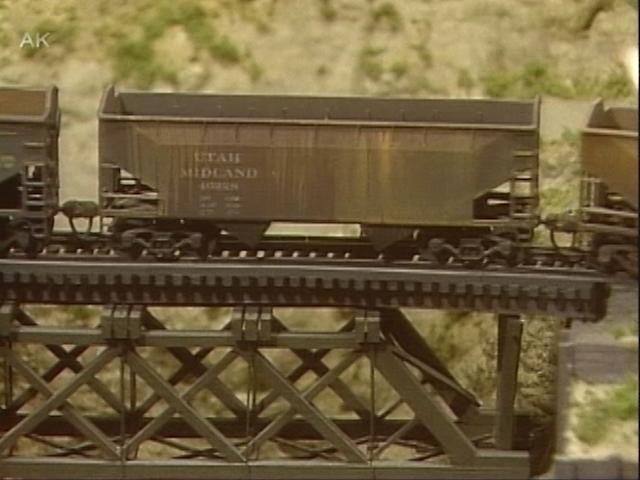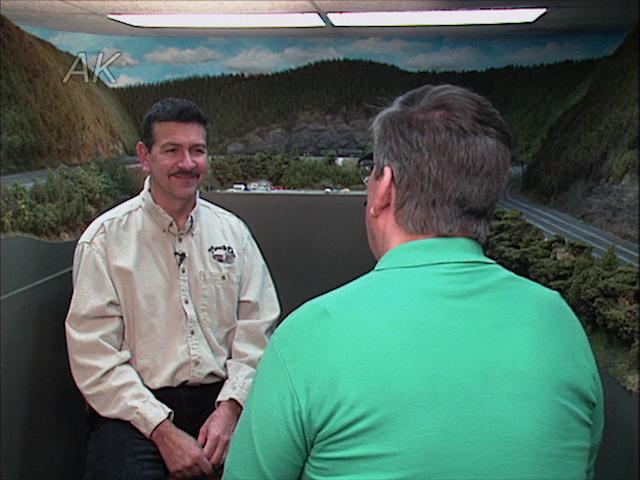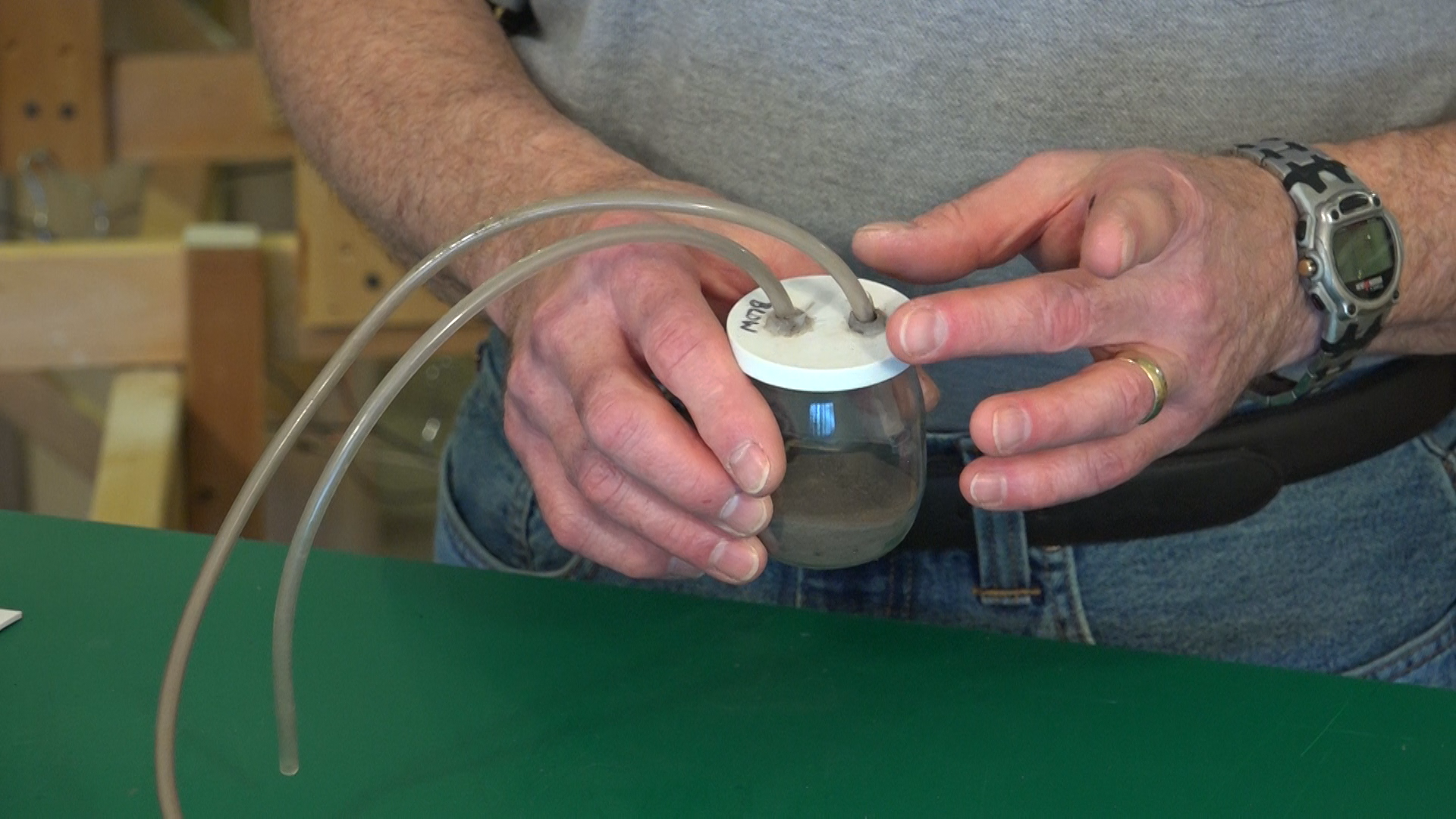
Creating Simulated Loads for Hoppers
Allen McClellandCreating realistic loads for hoppers can be a challenge, but Allen McClelland has developed an easy way to create wood chip and coal hauls for his model railroad. Upholstery foam is readily available and can be found in most upholstery, craft, and industry shops. Alternatively packing materials from train models can be used. Foam is a great material to use to create the basis for the loading material. The foam should be cut to just a bit wider than the hoppers so it fits snuggly. Next the foam is cut along the top edges to round them out, making sure to create some variation in the cuts.
McClelland uses a heavy coat of 3M spray adhesive over the top of the foam and the simulated wood chips are added. This material is a mix of sawdust and a little bit of coffee grounds which add color variation. Then the material is patted onto the foam and allowed to dry. He adds a few blocks or additional foam pieces on the underside of the simulated load to keep its ideal elevation in the hopper. For the coal load the foam is prepared the same way but is coated instead with black spray paint to account for any gaps in the coal material. Crushed coal is placed in the bottom of the hopper and is used to keep the simulated load high enough in the hopper. Finally, the loose coal is poured over the top of the foam. Unlike with the wood chip substance, McClelland does not glue down the coal to the foam.
Explore videos by Allen McClelland
You may be interested in
Premium Membership
Unlock exclusive member content from our industry experts.
- 24/7 Access to Premium Model Railroading Videos, Projects, and Tips
- Step-by-Step Instructional Guides & Layout Plans
- 50% Off Video Downloads Purchased in the Model Railroad Academy Shop
- Access to Ask the Expert Program
Unlock exclusive member content from our industry experts.
- 24/7 Access to Premium Model Railroading Videos, Projects, and Tips
- Step-by-Step Instructional Guides & Layout Plans
- 3 Full-Length Video Downloads to Watch Offline
- 50% Off Video Downloads Purchased in the Model Railroad Academy Shop
- Access to Ask the Expert Program
Gold Membership
$326 Value
Get everything included in Premium plus exclusive Gold Membership benefits.
- 24/7 Access to Premium Model Railroading Videos, Projects, and Tips
- Step-by-Step Instructional Guides & Layout Plans
- 9 Full-Length Video Downloads to Watch Offline
- 2 Full-Length Classes to Keep for Life
- 2 Downloadable Guides
- Discounts on Purchase-to-Own Content in the Model Railroad Academy Shop
- Access to Ask the Expert Program
- Exclusive GOLD LIVE Streaming Events

